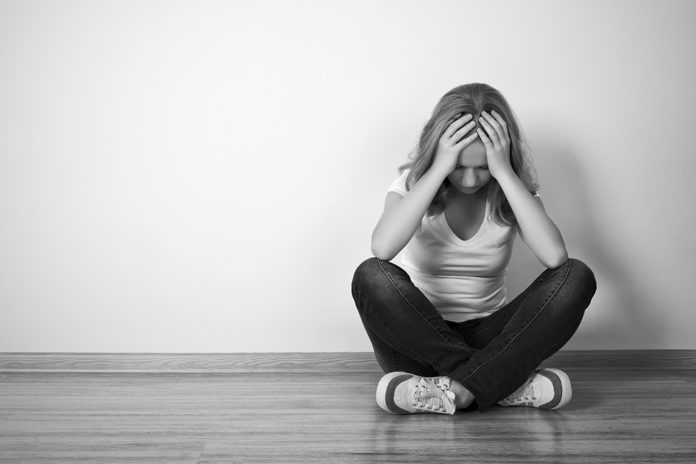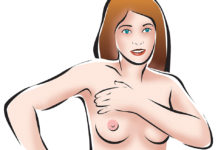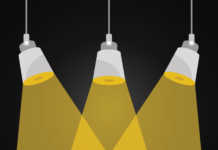
BY DR. JOYCE JOHNSON, ND
The dreaded winter blues. More correctly referred to as Seasonally Affective Disorder, or SAD, this condition is now considered a common disorder. People with normal mental health throughout most of the year begin to experience symptoms of depression as the seasons change. Fortunately, there are a number of natural remedies that can help to alleviate the condition and effectively cope with the changes of the seasons.
ABOUT SAD
SAD is a form of (clinical) depression that occurs in the fall and winter months. The most difficult months for those affected with SAD are January and February, probably in response to the fewer hours of daylight. Approximately two to six per cent of Canadians will experience SAD (winter depression) in their lifetime and another 15 per cent experience a milder form of SAD (“winter blues”).
how sad works
Two hormones are generally implicated in SAD: melatonin and serotonin. There is an increase in melatonin levels due to longer hours of darkness and a decrease in serotonin levels. Sunlight helps us balance melatonin, which is produced by the pineal gland and regulates our sleep-wake cycle. When darkness falls, your body secretes melatonin, which makes you feel sleepy. Your serotonin levels—the hormone associated with elevating your mood—rise when you’re exposed to bright light. Serotonin is associated with sleep, mood, movement, eating and nervousness, and may be reduced with decreased sunlight.
TREATMENT OF SAD
Light Therapy
The first-line treatment for SAD is light therapy. Exposure to bright light daily via a full-spectrum light source is the treatment method most often recommended for patients whose SAD symptoms are severe enough to affect their daily lives.
The light can be delivered through special lights with daily treatment sessions lasting from 15 to 30 minutes. Light therapy can help regulate the sleep-wake cycle and reduce the secretion of melatonin. It is effective in as many as 70 per cent of patients with many finding relief within two weeks of beginning light therapy.
A few mild side effects have been reported, including eyestrain, headaches, irritability and insomnia; the latter occurring if treatment is taken too late in the day.
Alternatively, you can opt for a treatment called dawn simulation. Dawn simulation, a technique that replicates an earlier dawn through exposure to artificial light, is also proven to alleviate some SAD symptoms. Instead of sitting in front of a light box for 30 minutes, this strategy delivers a dim light automatically when you wake up via a tool that you can purchase and place beside your bed. The light gradually gets brighter to simulate a sunrise.
Diet
It should come as no surprise that certain foods can influence how we feel. Our diet is often overlooked as a powerful tool that can affect our mental health.
Protein
Choose healthier proteins (fish, egg yolks, tofue, legumes, quinoa) and consume a small amount three times per day. Proteins contain important amino acids such as tyrosine, which can positively affect the levels of norepinephrine and dopamine in our brains. Protein may help your mood, increase energy and fight fatigue.
Carbohydrates
Craving carbohydrates, especially sweets, is a common symptom of SAD. The boost in energy you get from these simple carbs is temporary, and the extra sweets can mean you’ll put on weight. Try to eat fewer simple carbohydrates, substituting more complex carbohydrates, such as whole grains, legumes, nuts, and seeds.
Fibre
Increase fibre (chia seeds, ground flaxseeds), protein and omega 3 fatty acids to help balance blood sugar levels.
Caffeine
Caffeine can suppress serotonin, so choose other beverages besides coffee or energy drinks. Instead of drinking too much coffee, have a few cups of tea. Tea has less caffeine than coffee but enough to help with an alert state of mind. Black, green and oolong tea also contain an amino acid called theanine, which works with caffeine to improve focus and attention.
Supplements
Omega-3
Recent studies suggest that omega-3 fatty acids found in fish oil may be helpful in influencing our moods and helping with symptoms of depression. Omega-3s may help maintain healthy levels of the brain chemicals dopamine and serotonin. One study showed that people with lower blood levels of omega-3s were more likely to have symptoms of depression and a more negative outlook while those with higher blood levels demonstrated the opposite emotional states. A combined total of 1,000 to 2,000 milligrams of eicosapentaenoic acid (EPA) and docosahexaenoic acid (DHA), the essential fatty acids found within fish oil, are recommended per day for mild depression.
Vitamin D
Low levels of vitamin D have been linked to depression. This nutrient helps regulate the activity of neurotransmitters such as melatonin, serotonin, and dopamine. A 2010 review that looked at the effects of vitamin D on different kinds of depression and anxiety concluded that treating vitamin D deficiencies in people with depression might be an easy and cost-effective way to improve mental health. In another study, researchers from the University of Toronto noticed that people who were suffering from depression, particularly those with SAD, tended to improve as their levels of vitamin D in the body increased over the course of a year. Researchers, though, are unsure how much vitamin D is ideal.
St. John’s Wort
This herbal remedy has long been used in Europe as a treatment for mood disorders. St. John’s Wort modulates the effects of serotonin, dopamine, and norepinephrine. Standardized extracts have proved as effective as Prozac in the treatment of mild to moderate depression. As it can alter the metabolism of numerous medications, ask your physician before combining the herb with prescription medications.
Exercise
Daily aerobic exercise is the most effective treatment for mild to moderate depression. For milder cases of SAD, long daily walk outdoors or arrange your home or office so that you’re exposed to outdoor light from a window during the day.
SAD SYMPTOMS
Symptoms of SAD are typical of depression
❯ Oversleeping (sometimes an increase of two to four or more hours per day)
❯ Lethargy (low energy)
❯ Intense craving for carbohydrates
❯ Weight gain
❯ Difficulty concentrating
❯ Withdrawal from social contacts
❯ Depressed mood occurring over at least two consecutive winters, alternating with non-depressed periods in the spring and summer










